Description
hardware flow control. It is an ideal choice in the field of industrial automation.
Design and implementation of variable frequency transmission system based on ABB hardware architecture
introduction
With the increasing development of transmission technology and the increasing demand for actual use, variable frequency transmission systems have been widely used.
As a Fortune 500 company in the world, ABB is a leader in the fields of power and automation technology and has strong capabilities in control
systems, high-voltage, medium-voltage and low-voltage frequency conversion technology and transmission technology. Therefore, this article mainly
relies on ABB”s control, frequency conversion and transmission technology, and uses related hardware products to design and implement the frequency conversion transmission system.
To truly design and implement a usable variable frequency drive system, the entire system must be fully equipped, conveniently operable and
compatible with a wide range of needs, so that it can be used without changing the control method and operation. According to the actual control needs,
that is, combining frequency converters with different performances and variable frequency motors with different speeds or torques to quickly build and realize a variety of control requirements.
1 System design purpose and composition
The design purpose of this system is to control ABB inverters through local and remote control methods and complete 4 independent channels
of closed-loop speed control to drive different test objects to rotate.
The entire control system consists of the following four main components: remote control computer, panel industrial computer (touch screen),
PLC and speed-regulating frequency converter. The system design block diagram is shown in Figure 1.
In order to ensure the accuracy of motor speed control, an encoder module is added. The PLC can obtain the feedback of the rotary encoder in the
frequency converter through the ProfibusDP protocol. The speed control is performed through the frequency converter for internal PID closed-loop control.
2 System hardware implementation
2.1 Control some hardware
The control part of the hardware mainly refers to the sum of hardware that supports operators to use the equipment directly or indirectly and complete
the functions of the equipment. Its main hardware includes computer control terminal, touch screen control terminal, PLC control unit, other auxiliary
circuits and measurement and control components.
2.2 Transmission hardware
The transmission hardware mainly refers to the total number of equipment that can relatively independently perform a complete transmission function.
Its main hardware includes frequency converters, variable frequency motors (configured with rotary encoders as needed) and other auxiliary circuits.
Among them, the selection of motors and frequency converters should be based on the principle of selecting the motor first and then selecting the
frequency converter. details as follows:
First, according to the tangential speed at which the object under test is to complete rotation, select the motor speed according to the following formula:
Secondly, choose based on several other important basic parameters of the motor, such as system hardness, torque, weight, etc
. This system uses ABB”s variable frequency motor.
Finally, select an appropriate frequency converter based on the motor power. In addition, the actual situation of the object being tested must also be taken
into consideration, such as whether the rotating load belongs to the heavy-load usage of the frequency converter, etc.
3Software system
System software includes three major categories in total, namely computer control software, touch screen software and PLC software. Among them, the PLC software, as the
underlying software, is responsible for the interaction with the computer control software and touch screen software on the upper side, and the interaction
with the frequency converter on the lower side. Therefore, from the architecture of the entire software system, it can be defined as a host and slave computer structure.
3.1 System development platform
The software system has two control methods: remote and local. The development platforms for the three major categories of software are Windows operating system,
LabVIEW[4] integrated development environment, CodesysV2.3, and CP400.
3.2 System software architecture
The software of the entire system is divided into three types, namely remote control software, PLC control software and local control software. Among them,
the remote control software runs under the Windows operating system and is developed under the LabVIEW integrated development environment; the PLC control software is
developed under the CodesysV2.3 programming environment; the local control software runs on the touch screen computer and is developed under the CP400 environment.
The relationship between the three software is shown in Figure 2.
Excitation system ABB module 3HAC033203-001
Excitation system ABB module 3HAC033163-001
Excitation system ABB module 3HAC033163-001
Excitation system ABB module 3HAC032972-002
Excitation system ABB module 3HAC032934-001
Excitation system ABB module 3HAC032723-001
Excitation system ABB module 3HAC032718-001
Excitation system ABB module 3HAC032586-001
Excitation system ABB module 3HAC032560-005
Excitation system ABB module 3HAC032508-001
Excitation system ABB module 3HAC032203-005
Excitation system ABB module 3HAC032203-004
Excitation system ABB module 3HAC032203-003
Excitation system ABB module 3HAC032203-002
Excitation system ABB module 3HAC032124-003
Excitation system ABB module 3HAC031977-001/04
Excitation system ABB module 3HAC031958-002
Excitation system ABB module 3HAC031840-004
Excitation system ABB module 3HAC031825-001
Excitation system ABB module 3HAC031782-001
Excitation system ABB module 3HAC031683-004
Excitation system ABB module 3HAC031683-001
Excitation system ABB module 3HAC031683-001
Excitation system ABB module 3HAC031670-001
Excitation system ABB module 3HAC031587-001
Excitation system ABB module 3HAC031580-004
Excitation system ABB module 3HAC031580-001
Excitation system ABB module 3HAC031470-001
Excitation system ABB module 3HAC031153-002
Excitation system ABB module 3HAC031151-002
Excitation system ABB module 3HAC031074-004
Excitation system ABB module 3HAC030923-001/08
Excitation system ABB module 3HAC030923-001
Excitation system ABB module 3HAC030923-001
Excitation system ABB module 3HAC030868-001
Excitation system ABB module 3HAC030825-001
Excitation system ABB module 3HAC030800-001
Excitation system ABB module 3HAC030793-001
Excitation system ABB module 3HAC030789-001
Excitation system ABB module 3HAC030770-001
Excitation system ABB module 3HAC030647-002
Excitation system ABB module 3HAC030430-001
Excitation system ABB module 3HAC030414-001
Excitation system ABB module 3HAC030301-001
Excitation system ABB module 3HAC030281-003
Excitation system ABB module 3HAC030205-002
Excitation system ABB module 3HAC030180-001
Excitation system ABB module 3HAC030124-001
Excitation system ABB module 3HAC030064-001
Excitation system ABB module 3HAC030059-001
Excitation system ABB module 3HAC030057-001
Excitation system ABB module 3HAC029840-003
Excitation system ABB module 3HAC029818-001/11
Excitation system ABB module 3HAC029818-001
Excitation system ABB module 3HAC029818-001
Excitation system ABB module 3HAC029721-001
Excitation system ABB module 3HAC029720-001
Excitation system ABB module 3HAC029705-001
Excitation system ABB module 3HAC029699-003
Excitation system ABB module 3HAC029565-003
Excitation system ABB module 3HAC029539-001
Excitation system ABB module 3HAC029517-001
Excitation system ABB module 3HAC029501-003
Excitation system ABB module 3HAC029392-004
Excitation system ABB module 3HAC029287-001
Excitation system ABB module 3HAC029286-001
Excitation system ABB module 3HAC029285-001
Excitation system ABB module 3HAC029157-001/07
Excitation system ABB module 3HAC029157-001
Excitation system ABB module 3HAC029147-001
Excitation system ABB module 3HAC029146-001
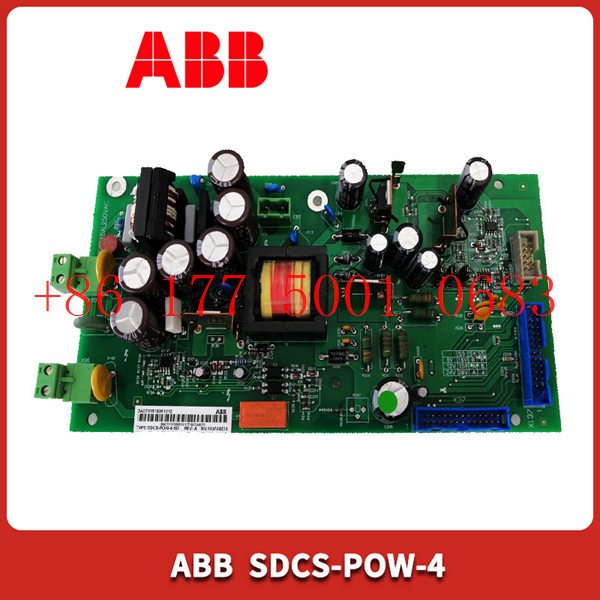
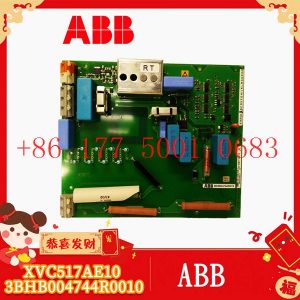
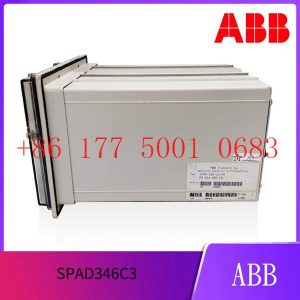
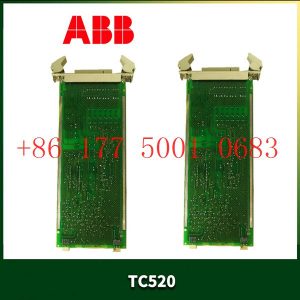
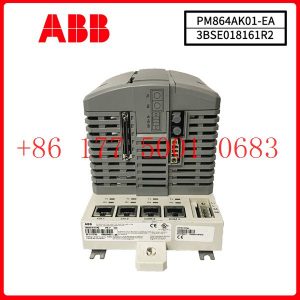
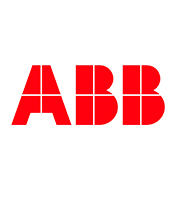


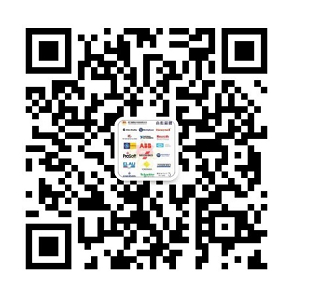
Reviews
There are no reviews yet.